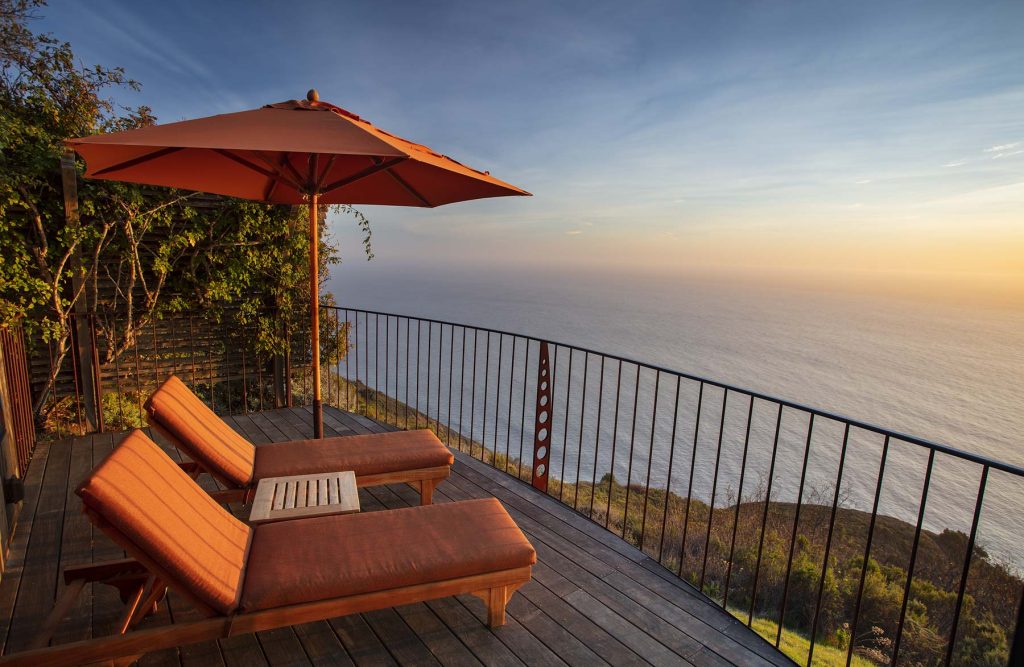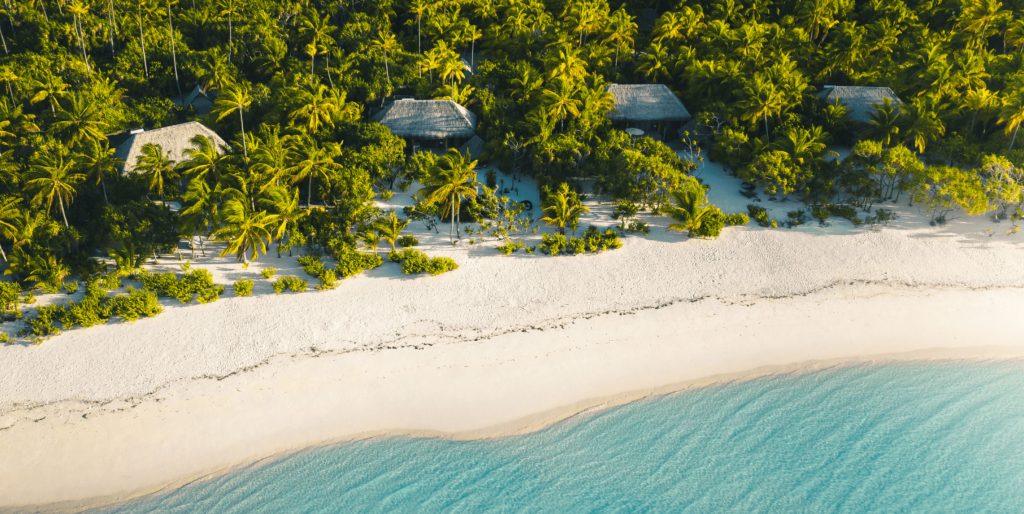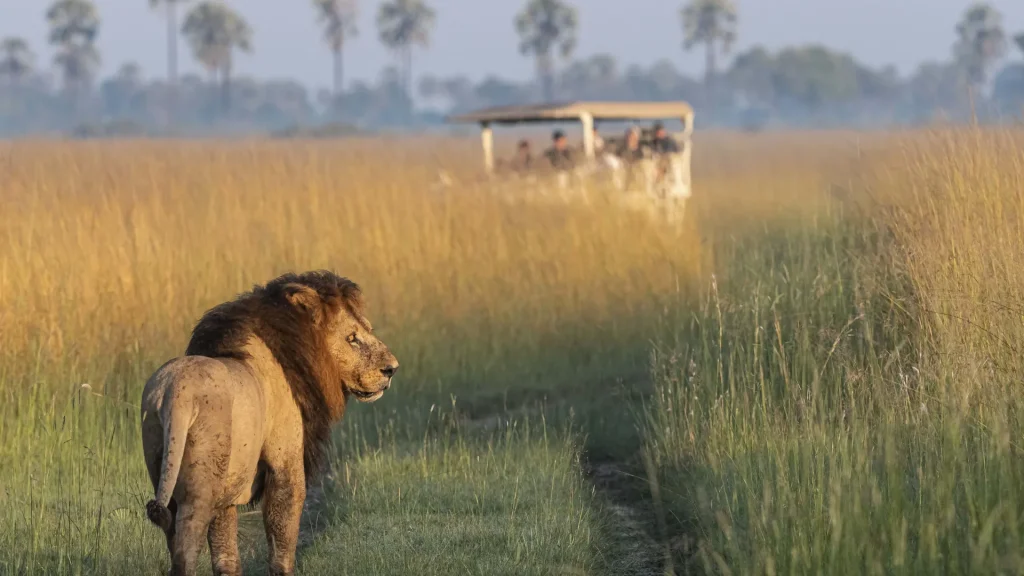As flowers burst into bloom and temperatures warm, nature invites us to enjoy the great outdoors. In the Bay Area, we are fortunate to have access to so much beautiful nature year-round for hiking, biking, running, and walking, not to mention for other activities like birdwatching, active team sports, and other sports like tennis and pickleball. Add outdoor yoga and meditation to the mix, and there is an opportunity for everyone to get more Vitamin N: i.e., nature.
However, our focus is often more on the activity rather than mindfully noticing and appreciating the natural world around us. Besides the obvious benefit of getting more exercise, there is a host of other benefits, too.
Getting Outdoors Is Good for Us
Your grandmother or your mother probably told you as a kid to get outdoors for some fresh air. That was wise motherly wisdom, since most people spend up to 90% of their time indoors. While it may have been instinctual, it’s doubtful they understood there was real science behind it.
The electrical charge of ions in the air has a significant effect on our endocrine system which rules our hormones. Indoor air has more positive ions which negatively impacts our health. Conversely, negative ions have a positive impact on our health, and we feel better as a result.
There is a higher concentration of negative ions in nature, especially around water (rain, moving water, or the seashore) and in forests. Remember walking after a fresh summer rain or on the beach? Or “forest bathing” in a redwood or pine forest? Indoor air has no source to generate negative ions, and air from central heating is positively charged. Assuming there are no air pollution warnings, get outdoors and breathe.
Early Morning Light
Next, there is light. Most of you have heard about the importance of getting a little sunshine (10 to 20 minutes per day, maybe more, depending on skin tone) in relation to vitamin D which has such a positive impact on our overall health, especially our immunity and bone preservation. It would be deserving of its own lengthy article.

But besides vitamin D, light has other benefits. Light is comprised of wave lengths. Short blue waves are especially important to our health when experienced at the right time of day; they regulate our wake-sleep cycle. In the back of our eyes, we have receptors for shorter blue waves that go directly to the brain to balance our adrenals and endocrine system.
By getting outdoors in the early morning light for up to 20 minutes—just long enough to take the dog out or sip a cup of coffee without sunglasses, glasses, or contacts (these usually have UV filters)—you can easily reap the benefits which are many, including boosting serotonin levels and maybe even fat and weight loss (for that benefit, 20-30 minutes between 8 am and noon).
WebMD cites growing evidence that shows blue light earlier in the day can “boost alertness, improve attention span and reaction time, help memory—one study showed that 30 minutes of exposure to blue light led to better recall—raise your mood and effectively treat depression.”
It also cites growing evidence that blue light is also used to treat skin conditions such as “acne, to get rid of the P. acnes bacteria that live on the skin and causes pimples, precancerous actinic keratoses, the scaly, red spots caused by severe sun damage, and certain skin cancers with photodynamic therapy, a light-activated drug treatment that targets cancer cells.”
Artificial blue light at night, however, from TV screens, computers, and mobile devices, is a different story. It can interrupt your circadian rhythm, negatively affecting your sleep, although there are always exceptions like the folks who fall asleep watching TV.
A few argue it is actually the brain stimulation of the task versus the blue light that keeps us awake, but they are currently a minority. If you must use these devices at night, buy a pair of blue light blocking glasses. (Note: the evidence that they work is still unsettled.)
Enjoy Nature’s Diversity
Lastly, different experiences in nature may yield varying health benefits. This is still an evolving field, and there are difficulties in quantifying results across studies. But intuitively, it makes sense.

In a study published in the journal Science of the Total Environment (Hansen Li and Matthew H.E.M. Browning, et.al, 2023) rather than classifying nature as blue space or green space they went further: “Rather than focusing on colors, we propose that natural landscapes are composed of at least one of three components: (1) plants (e.g., trees, flowering plants, grasses, sedges, mosses, ferns, and algae), (2) water (e.g., rivers, canals, lakes, and oceans), and/or (3) rocks and minerals, including soil. Landscapes not dominated by plants or liquid-state water include those with abundant solid-state water (e.g., polar spaces) and rocks or minerals (e.g., deserts and caves).”
They distinguish health benefits from “viewing” these environments versus “living” in these environments. For example, touring Antarctica would be fascinating and seeing penguins might lift our spirits, but most of us would not want to live there.
“Modern empirical research supports a strong link between nature and human health, but it also highlights potentially variable effects across diverse types of natural landscapes via different mechanisms (Hartig et al., 2014).” In other words, it is complicated.
From a lay perspective, it is probably safe to assume it is good to have outdoor experiences that expose us to a variety of natural settings; we certainly have access to that in the Bay Area. For those of you who feel more adventurous and ready, here are a few of my favorite places to experience nature’s wonder:
Best Getaways in Nature (not in order—all are amazing)

These destinations reflect the rich natural diversity of our planet:
Close to Everything but Away from It All: Cavallo Point Lodge, Sausalito, California
Nestled in a national park at the foot of the Marin Headlands in Sausalito, discover a diverse array of on-site activities: hiking, biking, gourmet dining, cooking classes, outdoor adventures, and the Healing Arts Center and Spa. Oh, do not leave the kids or your pooch at home—Cavallo is family- and dog-friendly, while great for couples too.
Big Sur Romance: Post Ranch Inn, Big Sur, California
High atop the cliffs of Big Sur on 100 private acres with striking Pacific Ocean and mountain views, otherworldly serenity cannot help but stir your soul. Relax, unwind, and discover.
Enjoy nature walks and hiking, rejuvenating spa treatments, falconry, calming wellness activities, exquisite farm-to-table fine dining among the clouds in the acclaimed Sierra Mar restaurant, and plenty of moments to slow down. Find romance and digitally detox from a busy life left behind. I suggest you leave the kids and dogs at home.
French Polynesian Sand, Sun, and Culture: The Brando, Tetiaroa, Tahiti
The Brando, situated on Tetiaroa atoll, is a unique sanctuary where nature’s splendor, Polynesian heritage, and refined hospitality converge. The warm waters of French Polynesia invite discovery, meandering paths call to be explored, and scheduled excursions lead to the atoll’s edge for experiences encompassing life on land, in the air, and below the surface.
It is here where one meets the coral reef and the unique wildlife and flora at home in these lands. The island’s custodians, the Tetiaroa Society guides, narrate the rich tapestry of Polynesian heritage, creating a profound link with one’s surroundings.
The Ultimate in Wilderness Luxury: Sonora Resort, Discovery Island Archipelago, West Coast of British Columbia
Sonora Resort is a remote sanctuary easily reached from Vancouver and situated amid one of Canada’s most alluring and pristine environments. Uncompromising eco-adventure travel meets elegant accommodation, warm hospitality, and five-star facilities. Experience world class outdoor adventures in British Columbia’s ancient rainforest archipelago filled with eagles, whales, bears, and more.
Note: I saw my first Canadian Christmas tree here (a tree filled with bald eagles).
The African Bush: Xiegra Safari Lodge, Botswana, Africa
Xigera (pronounced “kee-jera”) is named for the pied kingfisher that makes its home amid the watery channels of Botswana’s Moremi Game Reserve. Every aspect is handcrafted to beguile your senses and stir your soul—from the evocative interiors to one-of-a-kind encounters.
But Xigera is equally a line in the sand. A raising of the bar. A bold statement in the realm of luxury safaris in Botswana and an Okavango Delta safari experience like no other. Xigera Safari Lodge is a proud part of The Red Carnation Hotel Collection.
Note: Nothing in this article constitutes medical advice. Please consult your physician if you have questions before undertaking any physical activity or dietary changes.

Lydia is a passionate advocate of healthy living. She has launched and positioned many health and wellness-related companies, products, technologies and organizations receiving more than 100 awards nationally and internationally. Her focus in the health sector is specifically on healthy living, aging and longevity. She is a partner and investor in several recognized national brands. She sits on the board of the Buck Institute for Research on Aging whose mission is to eliminate the threat of age-related disease for today’s and future generations. It is the only independent research organization globally dedicated to extending the healthy years of life. Like the scientists at the Buck, Graham envisions it will be possible for people to enjoy life at 95 as much as at 25. To support Buck’s mission, please visit www.buckinstitute.org.
